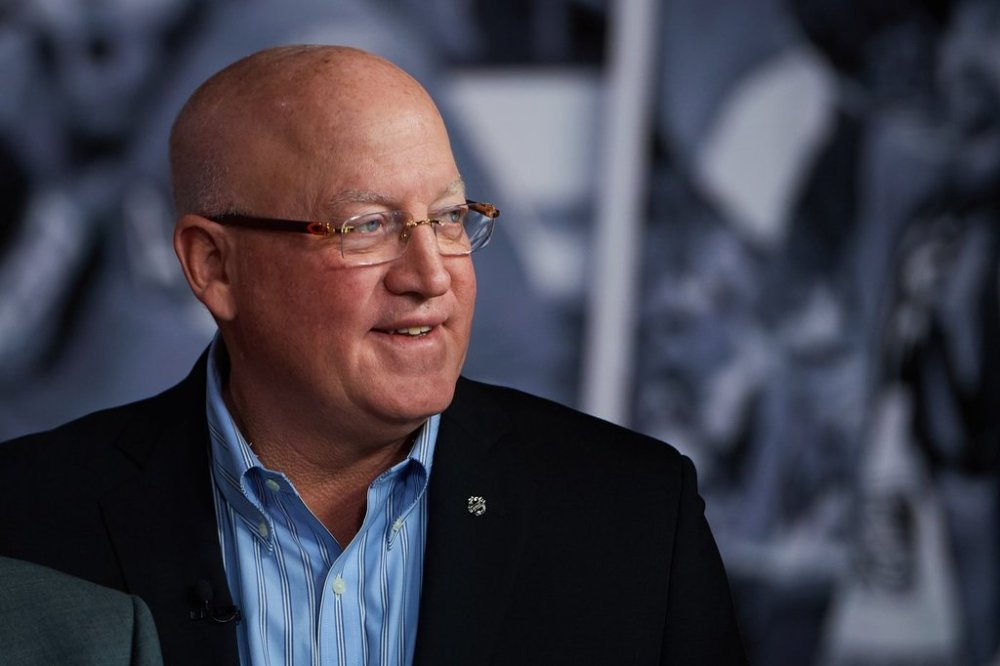‘Sky’s the limit’: NHLers happy to be focusing on hockey’s future, not labour talks
Advertisement
Read this article for free:
or
Already have an account? Log in here »
We need your support!
Local journalism needs your support!
As we navigate through unprecedented times, our journalists are working harder than ever to bring you the latest local updates to keep you safe and informed.
Now, more than ever, we need your support.
Starting at $15.99 plus taxes every four weeks you can access your Brandon Sun online and full access to all content as it appears on our website.
Subscribe Nowor call circulation directly at (204) 727-0527.
Your pledge helps to ensure we provide the news that matters most to your community!
To continue reading, please subscribe:
Add Brandon Sun access to your Winnipeg Free Press subscription for only
$1 for the first 4 weeks*
*$1 will be added to your next bill. After your 4 weeks access is complete your rate will increase by $4.99 a X percent off the regular rate.
Read unlimited articles for free today:
or
Already have an account? Log in here »
Jordan Eberle remembers the roller-coaster. It wasn’t an enjoyable ride.
Unsettled about the present. Unsure about the future. Unable to really plan ahead.
With a pair of NHL seasons already under his belt more than a decade ago, Eberle was gearing up for a campaign that had massive clouds hanging overhead — an impending work stoppage.

The league and the NHL Players’ Association had previously gone to labour war back in 2004-05 in a showdown that eventually forced the cancellation of the entire schedule as the two sides squabbled over hockey’s financial future.
Another lockout did indeed take hold from September 2012 until January 2013. Eberle would play the first half of that season for the Edmonton Oilers’ affiliate in the American Hockey League before the NHL and its union hammered out a new collective bargaining agreement.
“Are we coming back?” Eberle, now captain of the Seattle Kraken at age 35, recalled thinking throughout that period of his early 20s. “What’s going on?”
There will be no similar angst for quite some time.
The NHL and NHLPA ratified the CBA’s newest iteration in July — more than a year before the current deal was scheduled to expire — that brings more labour peace to a sport that has experienced plenty of past strife.
“The league’s in a great state,” Eberle, the Kraken’s union representative, said at last month’s NHL/NHLPA player media tour in Las Vegas. “It’s time to kick it up a notch, to start building.”
The deal that officially kicks in Sept. 16, 2026, and runs through Sept. 15, 2030, includes expanding the regular season to 84 games with less exhibition play, a playoff salary cap, changes to long-term injured reserve (LTIR), shorter maximum contract lengths and no mandatory dress code for players.
The good vibes between NHL commissioner Gary Bettman and NHLPA executive director Marty Walsh not only got pen to paper 14 months early, the two sides also agreed to expedite certain items like the playoff cap and relaxed dress code for this season.
Deputy commissioner Bill Daly said the fact there was even a chance that the conversation would bear fruit speaks volumes about the current relationship.
“We were able to pick up the phone and say, ‘Let’s talk about this and see what’s best for the game and for your guys and for us,'” said Daly, whose 32-team league is rumoured to be looking at expansion in the coming years.
“They were willing to have that discussion. In a number of former regimes, that might not have been possible.”
Buffalo Sabres centre Tage Thompson said getting a deal completed early, especially with the NHL’s Olympic return set for February, will put the emphasis where it belongs.
“Everyone wants to be playing,” he said. “If that was lingering around, that would be a damper.”
St. Louis Blues centre Robert Thomas said both sides recognized hockey’s financial health with a cap that’s on course to touch $113.5 million at its upper limit in 2027-28, after a string of lean years following the COVID-19 pandemic.
“How much it’s growing, how quickly it’s growing, and understand the importance in keeping hockey going,” said Thomas, his team’s alternate union rep. “It’d be a bad time for a lockout, but at the same time, there’s things both sides want to achieve. Us both wanting the same thing, and keeping hockey going and keep it growing is something that’s really important.
“I’m glad it’s going to be a long time before those talks come up again.”
Significant talk around the NHL over the last number of years has involved roster construction come playoff time.
Several teams over the last decade have used — legally under the old CBA — the lack of a post-season salary cap to either win the Stanley Cup or make a deep run, with players on LTIR returning to full health in time for the first round.
Recent examples include the Tampa Bay Lightning with Nikita Kucherov in 2021, the Vegas Golden Knights with Mark Stone in 2023 and the Florida Panthers with Matthew Tkachuk last spring. Clubs will now have to dress cap-compliant 20-player rosters for each post-season game beginning in April 2026.
Boston Bruins defenceman Charlie McAvoy said getting that into the new CBA, and then fast-tracked for the upcoming season, is a huge plus.
“You shouldn’t be able to field the roster that’s $20 million over the cap,” he said. “If there was a pressing issue that maybe you’d see play out, like immediately, that was probably the one.
“Good job by them.”
That’s the general feeling across a league enjoying a period of labour love.
“We’re in a good space,” Eberle said. “As long as we can keep growing the game and kids get into it, sky’s the limit.”
This report by The Canadian Press was first published Oct. 1, 2025.
